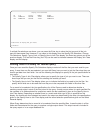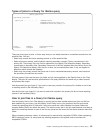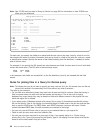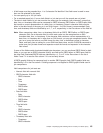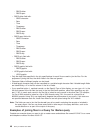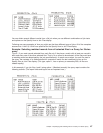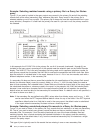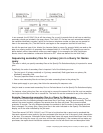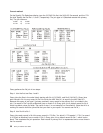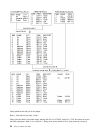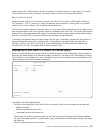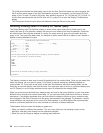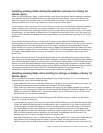
Correct method:
On the Specify File Selections display, type the CUSTOMER file first, the PURCHASE file second, and the ITEM
file third. Specify the file IDs A, B, and C, respectively. The join type is 2 (Matched records with primary
file). The join tests are:
A.NAME EQ B.NAME
B.ITEM EQ C.ITEM
Query performs the file join in two steps:
Step 1: Join the first two files, A and B.
Query joins the files in the order listed, starting with file A (CUSTOMER), and file B (PURCHASE). Query joins
each record in file A to any record in file B for which the NAME field in A is equal to the NAME field in B.
Because this query is join type 2 (primary matched), every record in the primary file A is included in the
join. If a record in file A (such as Martinez) has no match in B, Query joins it to a default record for file B,
which has blank values for fields. The result of step 1 in our example is a file called AB. (Note that AB is a
working file used to build the joined file that you want in your report. You cannot see file AB.)
Step 2: Join file AB to file C.
Query joins each record in file AB to every record in ITEM file C for which B.ITEM equals C.ITEM. If a record
in AB (such as Martinez) has no match in file C, Query joins it to a default record for file C, which is also
blank. This completes the join operation. Each record in primary file A is represented one or more times in
the five records.
50 Query for iSeries Use V5R2



